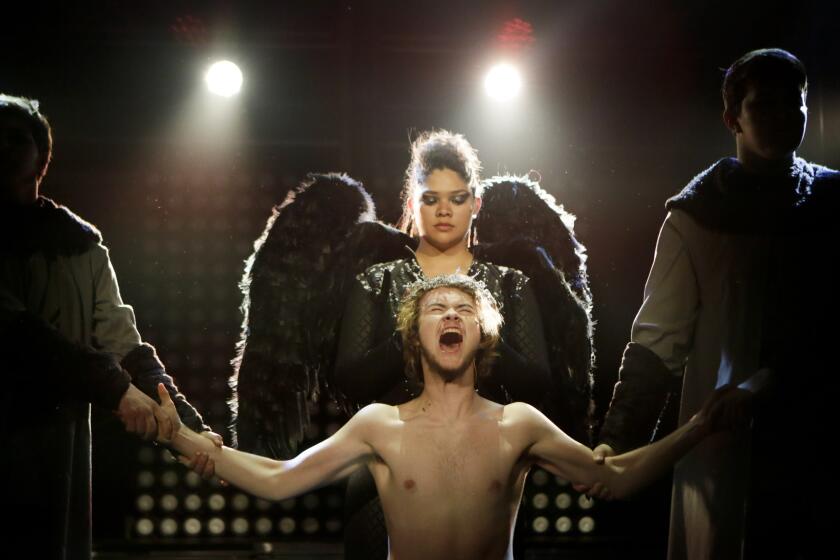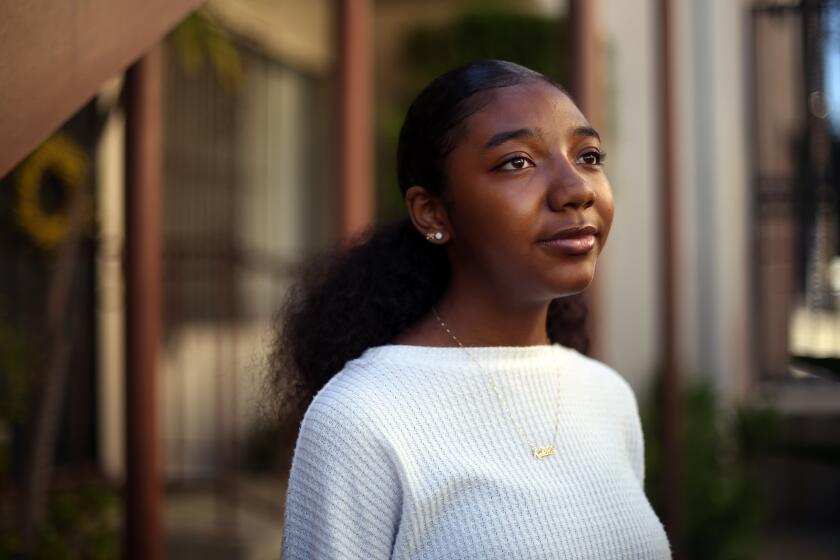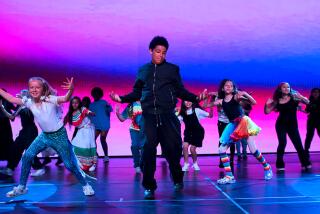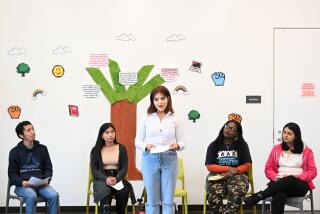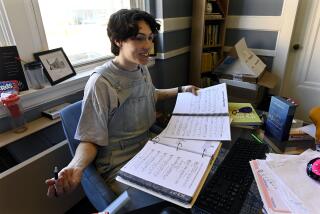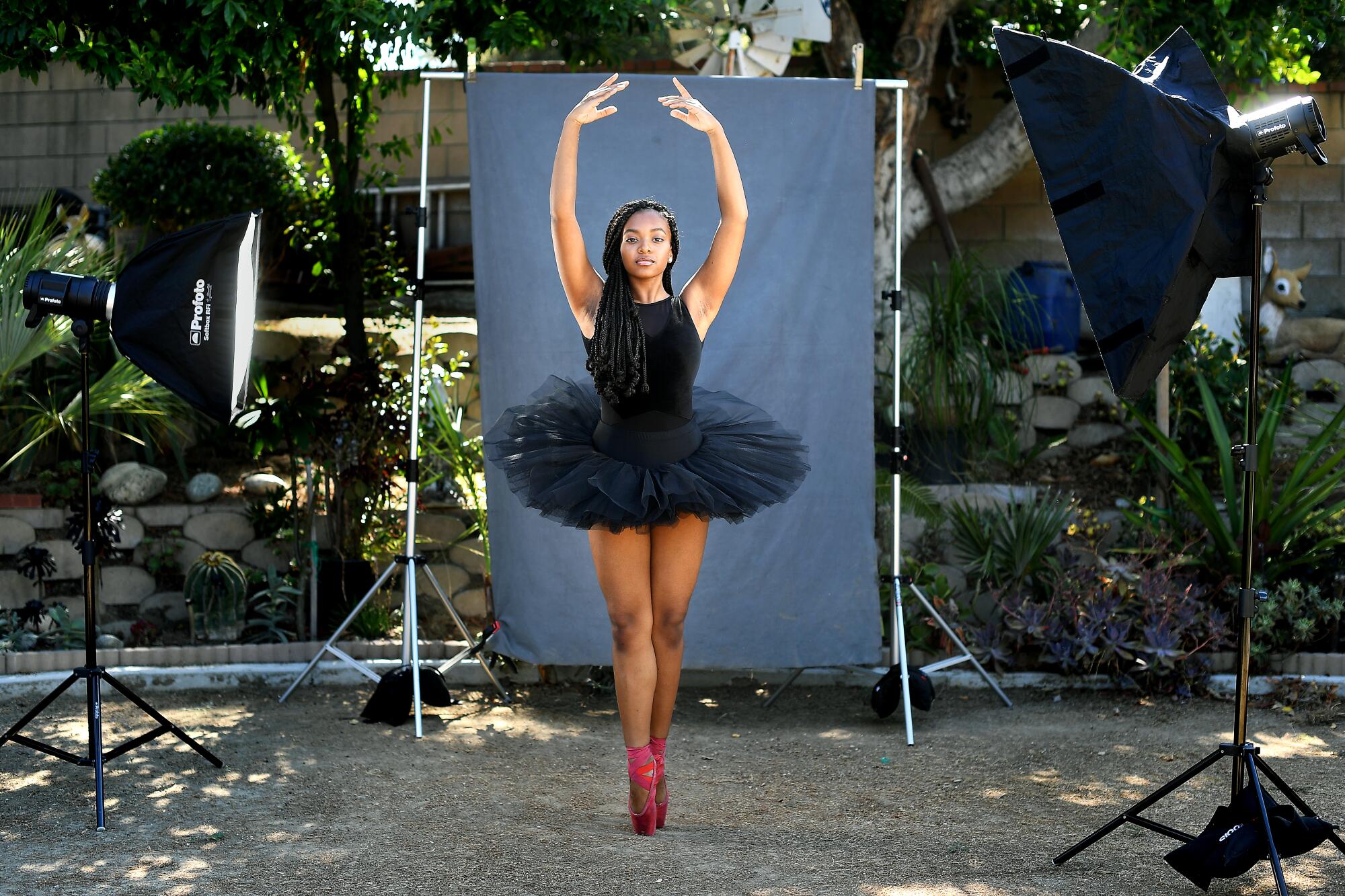
As a dance student at the Los Angeles County High School for the Arts, Arianna Carsonâs meticulously scheduled days often began at 5:15 am.
After commuting downtown to school, the 18-year-old spent the day balancing academic and dance classes. In the evenings, she would rehearse even more at a dance studio in Whittier until 9:30 p.m. By the time she began homework, it was usually around midnight.
When the pandemic forced her to take classes online, she transitioned her dance training to her living room and backyard.
The jam-packed days were crafted around Carsonâs dream to become a professional modern dancer. She is scheduled to start this fall at SUNY Purchase Conservatory of Dance in New York, even though sheâs unsure how her freshman year will shape up.
In May the school planned for in-person learning, but as coronavirus cases continued to spike around the country, the school sent a June update saying it was still evaluating how to proceed. During an online orientation a few days ago, SUNY Purchase outlined its plan for both in-person and online learning during the fall semester.
âI will only be having two dance classes in person in the studio, and the teacher would either be there or on a screen,â Carson said, adding that the rest of her classes will be remote.
Dealing with the uncertainty surrounding the pandemic has been tough, she said. âJust to think about me not being able to be onstage and perform with a live audience, it breaks my heart because thatâs been my dream.â
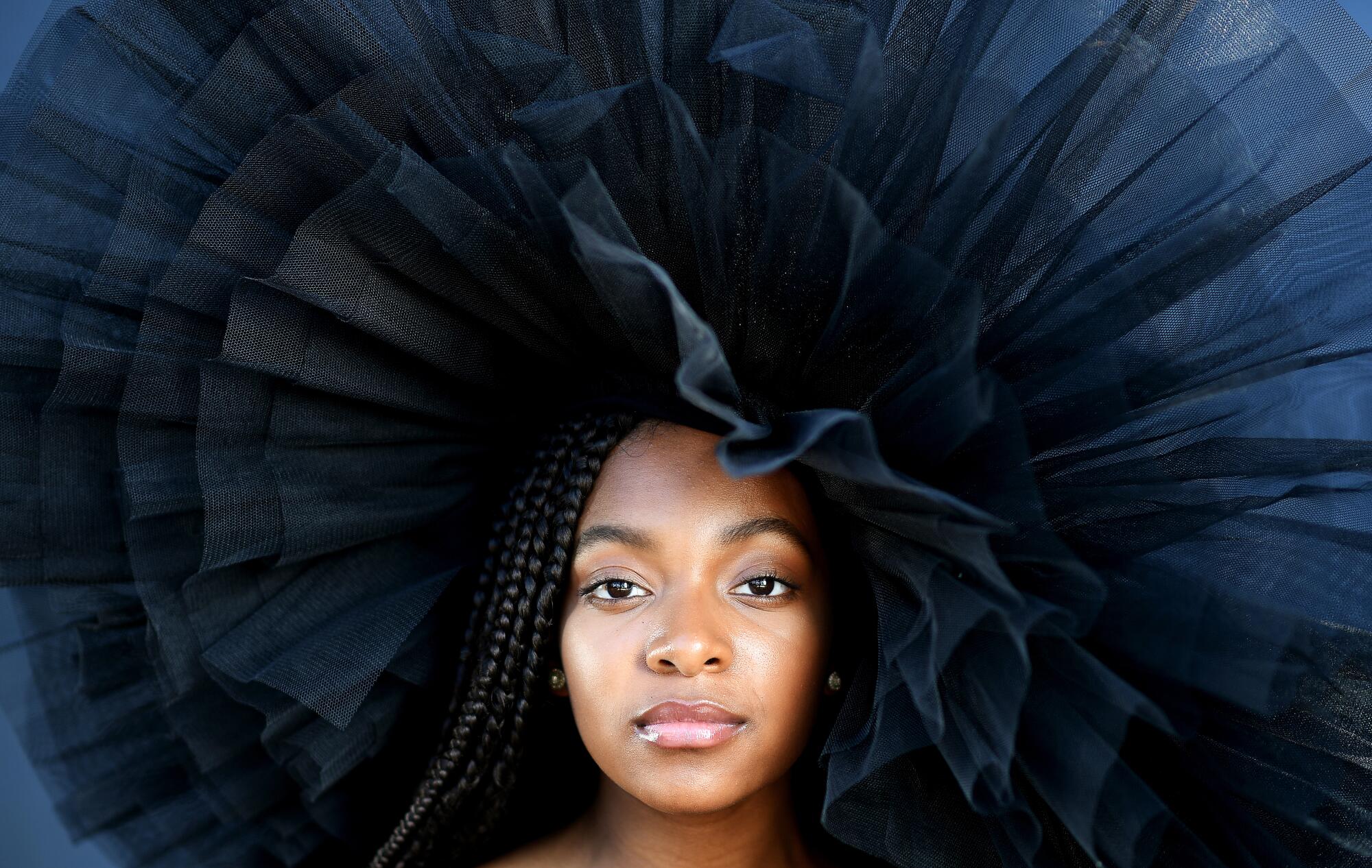
This is the disheartening reality for many students enrolling in university-level art programs as the pandemic continues to upend the educational system.
Even as the fall semester looms closer, some colleges continue to change their plans for in-person learning, remote classes or some hybrid model.
For students studying music, dance, film, visual art, theater and other disciplines, the uncertainty adds an extra layer of anxiety. Training often relies on in-person practice through rehearsals and private instruction. It requires staging ensemble shows, and having access to expensive equipment such as cameras and arts software for projects. For some students, those resources, along with the mentoring from faculty and the building of a network of fellow artists, are the reasons to pursue a college education.
Another Los Angeles County High School for the Arts dance graduate, Natalie Aronno, also had to consider the financial impact of the pandemic when deciding where to study.
Aronno chose UC Irvine, a school close to home and a place where her tuition will be fully covered by federal aid.
After coronavirus crisis shuttered schools, high school shows were canceled. For many performing arts students, it feels like a blow to their future.
As a first-generation college student, shelling out tens of thousands of dollars for private-school tuition each year âfelt like a lot of gambling with finances that didnât settle with me,â she said. âI personally donât want to live in debt.â
Although the 18-year-old is excited for college â an opportunity to chase her dream of performing professionally with companies like Ballet HispĂĄnico or LimĂłn Dance Company â her first semester will be online.
âI am a little disappointed that I will continue to dance alone in my living room,â she said. âI wish I could share my art with others â especially my new classmates.â
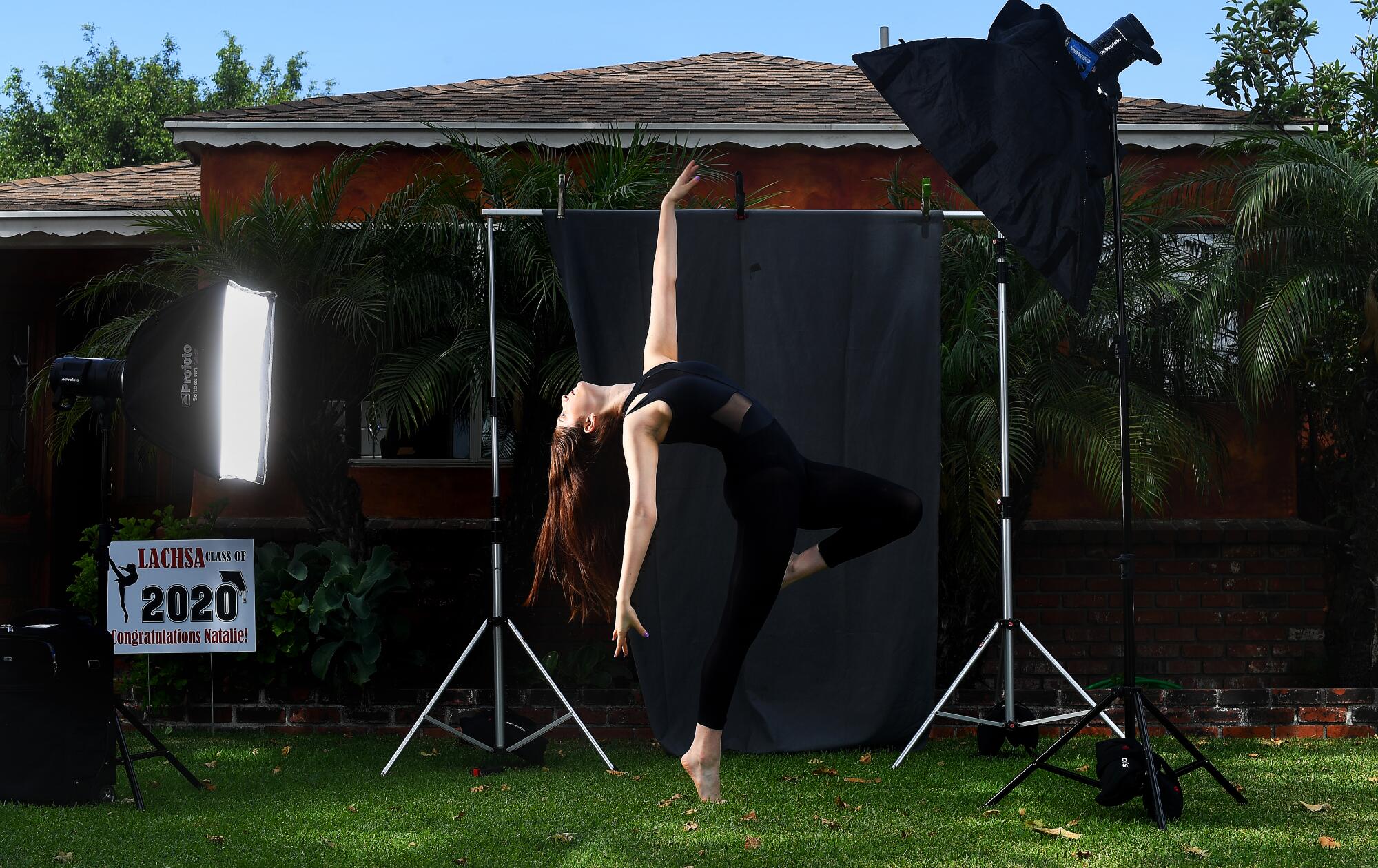
Dylan Kingdom, a 17-year-old who plans to study French horn at Eastman School of Music at the University of Rochester in New York, said she doesnât foresee a return to normal anytime soon.
âOrchestra probably wonât be possible for a long time because thatâs 60 to 80 people in very close capacity onstage together, breathing quite heavily,â she said.
Her future school is tentatively preparing for a hybrid learning format.
âMy parents have more anxiety about it than I do because for them itâs a job thing,â Kingdom said, alluding to fears about how a pandemic of indeterminate length could affect not just class format but employment prospects. âIt makes me anxious but I also try not to think about it too much because I donât feel like thereâs too much use in just laying in bed all the time worrying.â
Plans for online learning have triggered concerns when schools are still charging full tuition, which can top $50,000 annually.
One group of students filed a lawsuit, since dropped, against the Savannah College of Art and Design in Georgia to seek reimbursement for tuition payments, which total $37,575 for an undergraduate. After the college moved classes online, the students said they lost access to important software, equipment and events.
Jess Marfisi, a 2016 Savannah graduate, tweeted in May a viral critique of a school email urging students to stay enrolled despite the pandemic.
âThey seemed to be guilting and gaslighting students into âstaying the course,ââ she said via email.
Marfisi, who has worked for Nickelodeon and Cartoon Network since graduating, praised the schoolâs âexpensive software, career fairs, guest speakers and professional portfolio reviews.â But she added that if classes were virtual in the fall, she would recommend students take a semester off.
âOther than the professors and students, the best thing about SCAD is its resources,â she said.
For many students, the decision on Monday to postpone the opening of LAUSD schools landed with a dull thud of disappointment.
Keenen Wilson, a 2013 musical theater graduate from Columbia College Chicago, performs in community theater while working full time. An online arts education wouldnât compare to in-person classes, he said.
âEven with the advancement of technology, doing a scene with an acting partner is not going to hit the same via a Zoom meeting than it would in a classroom setting,â he said.
School administrators argue the educational value remains the same, regardless of how the learning takes place.
Since the early days of the pandemic in March, art schools have had to shift quickly to online learning. Some music programs changed lesson plans, scrapping ensemble-based instruction for virtual career panels with professional musicians.
At the Pasadena-based ArtCenter College of Design, the school loaned equipment and expensive software to students to complete projects. At Loyola Marymount Universityâs School of Film and Television in L.A., students completed spring directing projects with the equipment and actors they had at home â iPhones and stuffed animals for some.
At USC, which recently reversed its decision to bring students back to campus, private lessons in music have gone well, said Robert Cutietta, the schoolâs dean of music and dance.âThe biggest issue that we ran into was just having those appropriate places to practice their art and working together,â he said.
The dance program at California Institute of the Arts in Santa Clarita will experiment with small-group dance classes in the studio, using a strict spacing configuration.
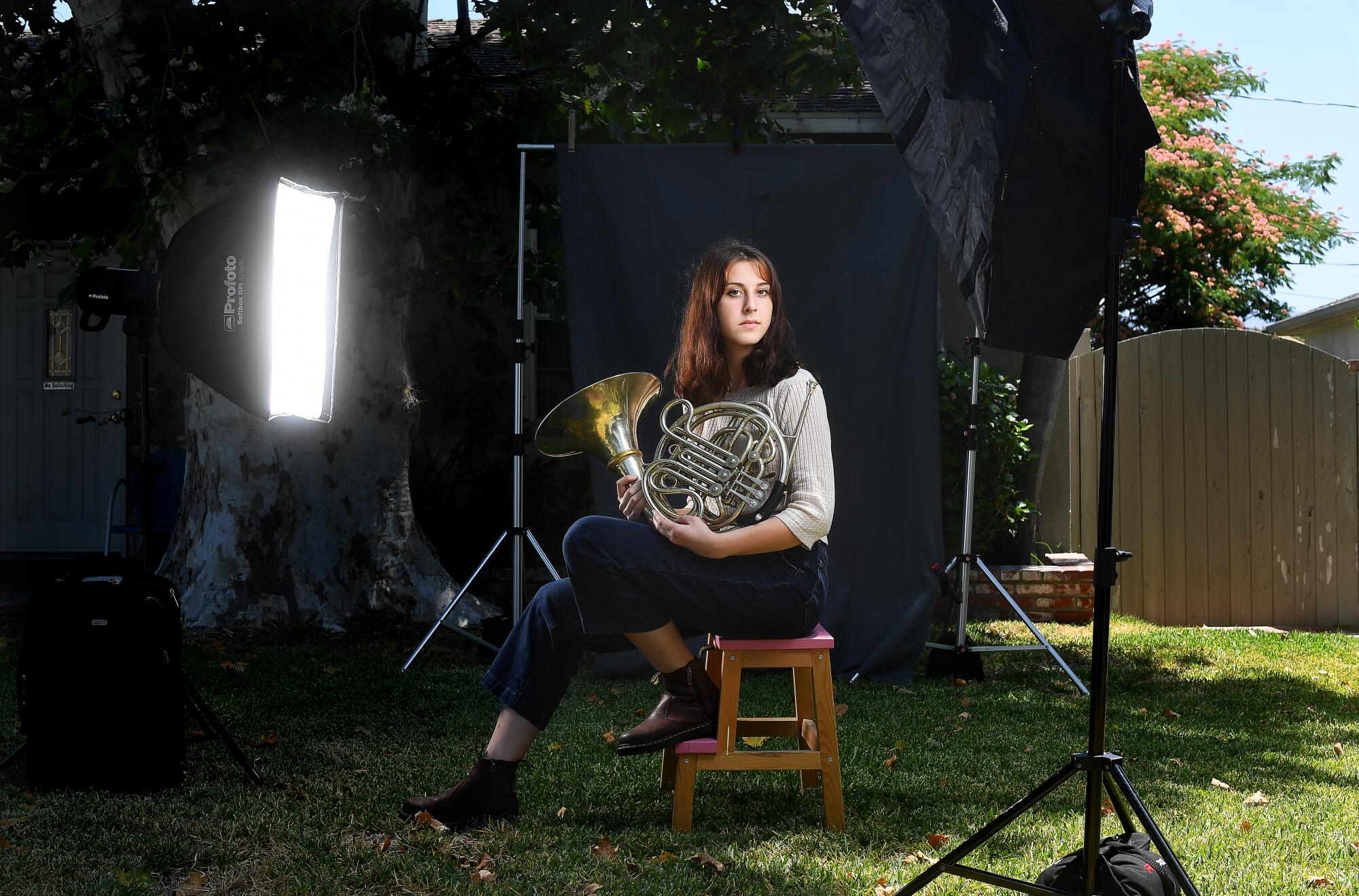
âItâs not an uninteresting moment to be part of CalArts,â said dance dean Dimitri Chamblas. âThe school is ready to re-question, reinvent ... innovating in this particular moment of time â itâs not a bad moment for study.â
Education will look different in the near future, said California College of the Arts provost Tammy Rae Carland. The Bay Area school, which is planning for a hybrid fall, offers degrees in architecture, furniture and metal arts.
âWeâre really committed to part of what students pay for when they invest in an arts education is access to facilities and materials that otherwise would be very unreasonable,â Carland said.
The school will evaluate the information-based classes that most easily translate to online learning, âso that we can cut back on the amount of people who are present on campus and still go really deep into studios with smaller groups of people.â
At Oberlin Conservatory of Music in Ohio, âwe feel very good about the education weâve been able to deliver online,â said conservatory dean William Quillen. The school will offer distanced one-on-one music lessons in the fall and recitals where only select faculty and family can attend.
The magic of an Oberlin education, he said, isnât just the âtransmission of knowledgeâ but âall these creative individuals at a particular time in their life with the creative faculties being together in a particular place.â
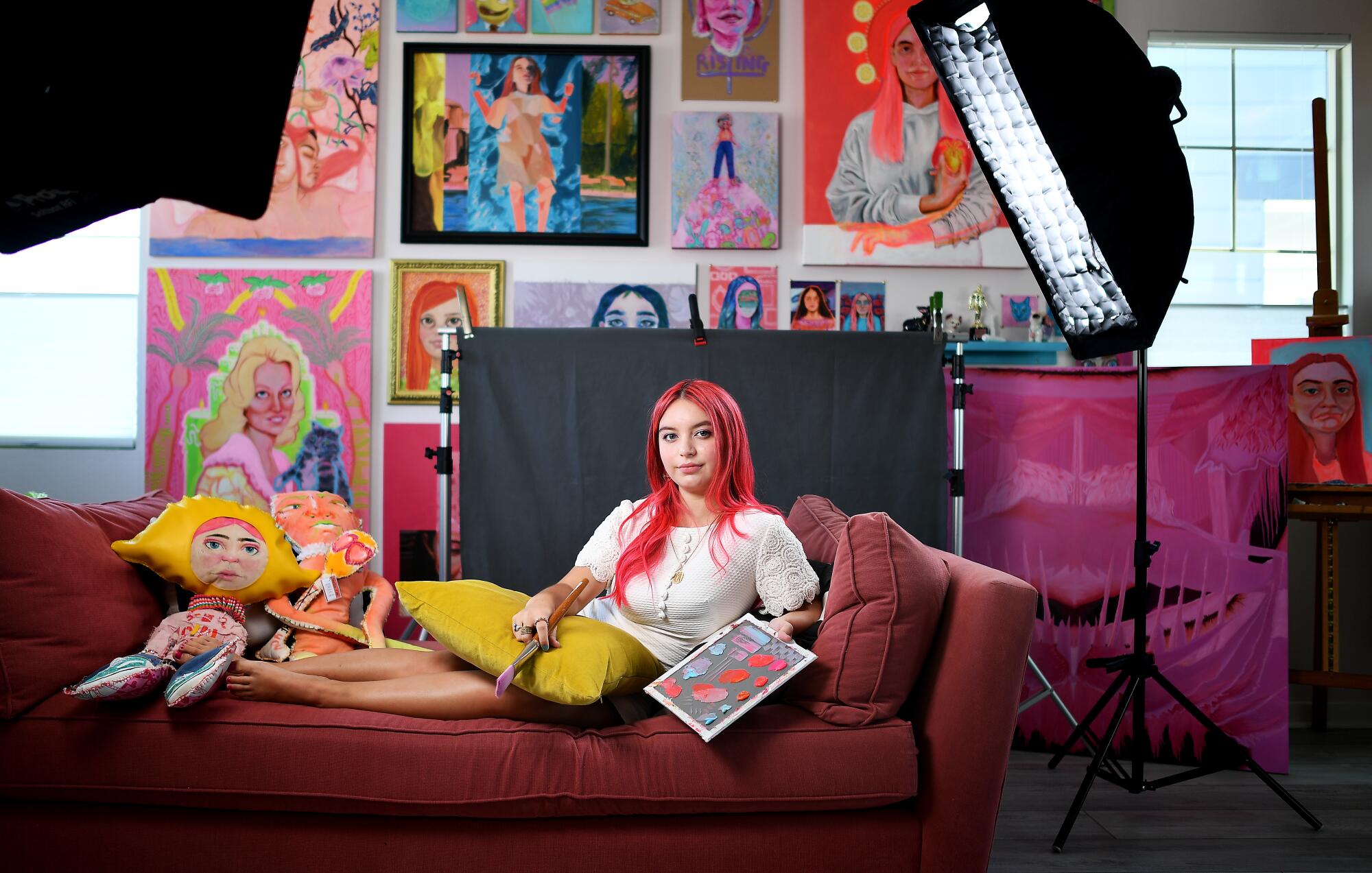
Although administrators said enrollment is still strong for the fall, some students are choosing to defer to ensure they get the full college experience.
In April, 18-year-old Avalon Lafosse decided to defer her admission to the Rhode Island School of Design.
Although she is considering studying painting, Lafosse wanted to use the first year of foundational courses to help make a decision.
âI feel that if classes are virtual, it will be difficult for me to really get that experience,â she said. âTo be able to find out what I truly love to do and Iâm passionate about, I need to do that in person, on campus.â
Over the next year, she plans to continue making art and work on her art therapy nonprofit.
For the students who choose to enroll this semester, thereâs not much else they can do but accept the rockiness of the times.
James Bergren said he is âstokedâ to move from Long Beach to Boston to attend Berklee College of Music for bass performance. The school will offer classes online and in-person.
If plans change and Berklee switches to an entirely online format, âit wouldnât be ideal but I guess the circumstances are bigger than us,â he said. âThereâs nothing that a school can do about something as big as a national health crisis.â
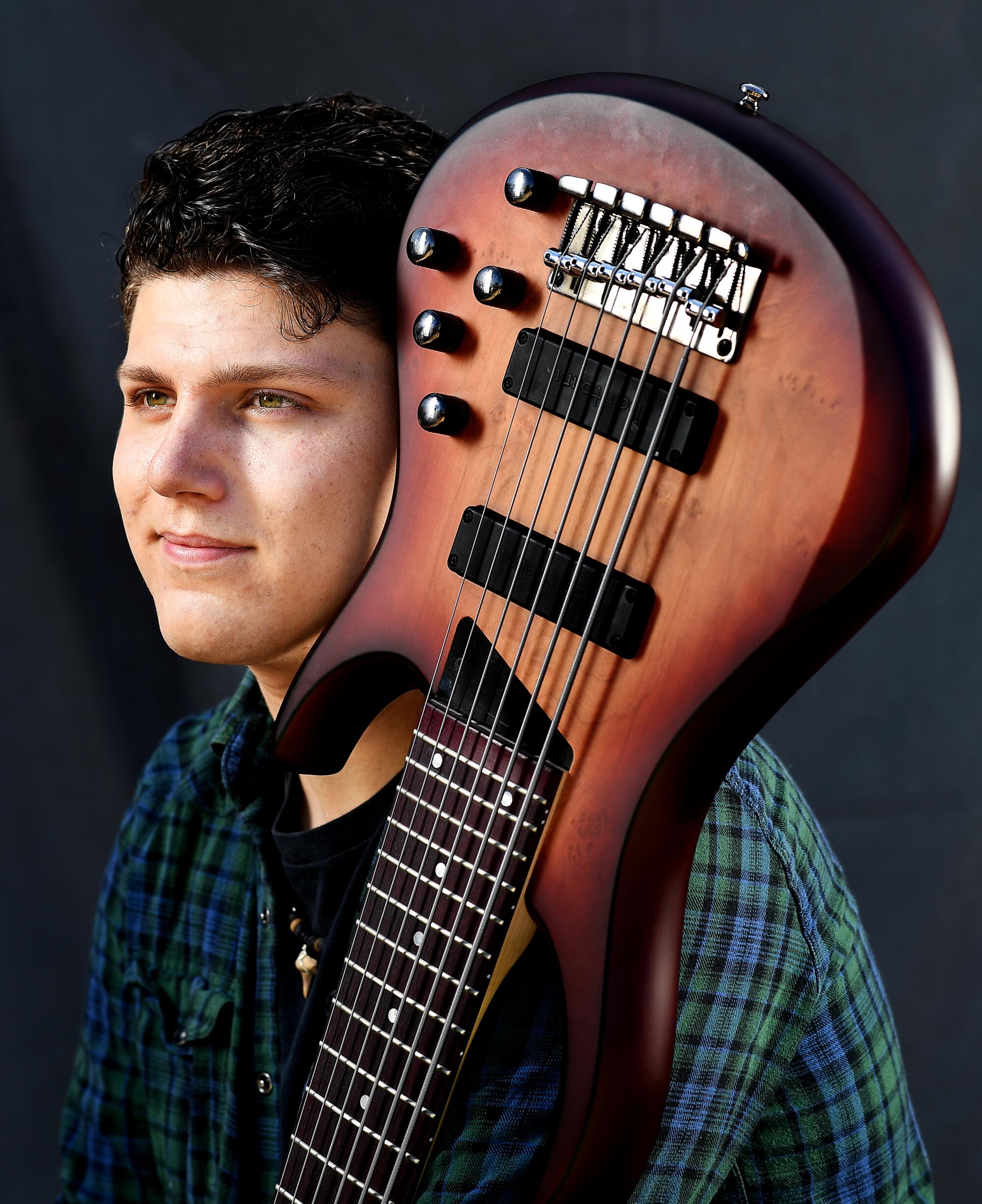
Because New York is requiring travelers from certain states, including California, to quarantine for 14 days, Carson will move onto the SUNY Purchase campus without her parents.
While sheâs away, her parents will work to convert their garage into a proper studio space â complete with a ballet barre, mirrors and a marley dance floor. The plan is to have it ready by the time Carson returns home over Thanksgiving break to finish off the semester with remote learning.
The second semester is uncertain for now.
âI donât know what my future is going to be like, but I know I just have to keep on going with my creativity and my art through these uncertain times,â she said. âAnd I am trying to kind of roll with the punches.â
More to Read
Updates
2:27 p.m. July 23, 2020: This article has been updated to indicate the lawsuit filed against the Savannah College of Art and Design has been dropped.
The biggest entertainment stories
Get our big stories about Hollywood, film, television, music, arts, culture and more right in your inbox as soon as they publish.
You may occasionally receive promotional content from the Los Angeles Times.
